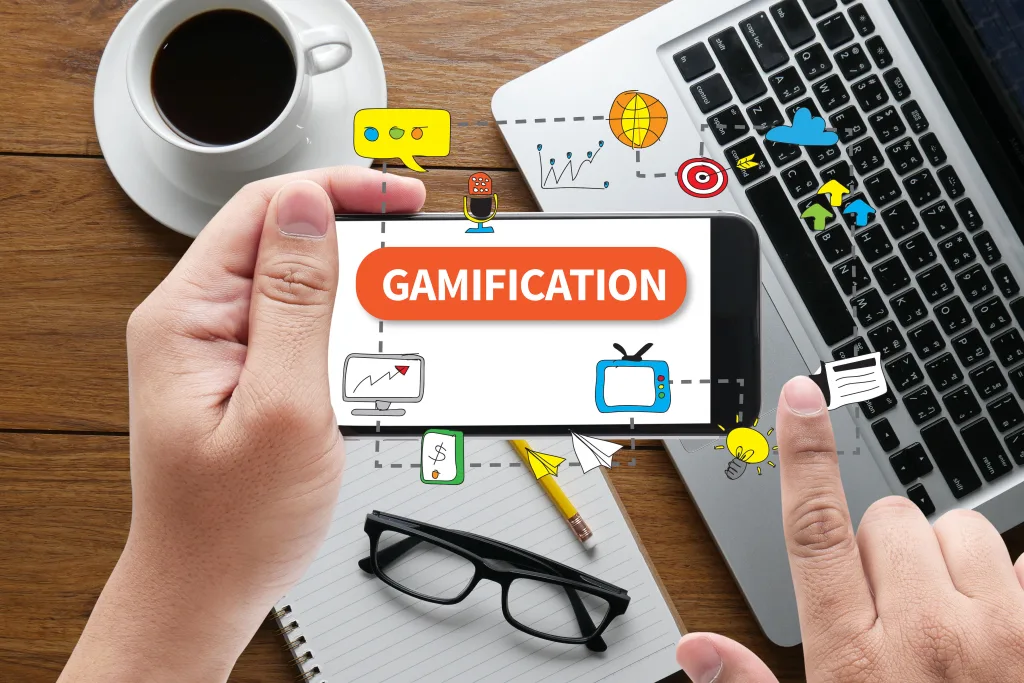Experiential marketing allows consumers to directly engage with a brand and its offerings, fostering an emotional connection through a memorable, interactive experience. Unlike traditional advertising, it generates feelings, impressions, and associations by enabling your target audience to preview and experience your brand firsthand. Our brains are wired to better retain and be influenced by events we participate in rather than passive information consumption. Hands-on experiences tend to be more impactful, fun, and interesting, shaping future decisions more effectively.
This article will dive into practical tips on how to create a lasting impression by leveraging experiential marketing.
Crafting Immersive Experiences through Experiential Marketing
1. Center Experiences Around Products/Services
- Interactive Demonstrations: Allow customers to use or test your products in a controlled environment. This can be achieved through live demonstrations, interactive displays, or hands-on workshops where attendees can experience the benefits of your products firsthand.
- Engagement Zones: Create areas within your retail space or event where customers can experience your service or product benefits firsthand. These zones should be designed to provide a sensory-rich experience that engages sight, sound, touch, and even smell or taste, depending on the product.
2. Innovative Retail Store Layouts
- Interactive Displays: Use technology like touchscreens, virtual reality (VR), and augmented reality (AR) to make store visits more engaging. These displays can showcase product features, provide virtual try-ons, or offer interactive product tutorials.
- Thematic Layouts: Design store sections around different themes or product lines for a unique shopping experience. This can include seasonal themes, product-specific areas, or experiential zones that tell a story related to your brand.
3. Gamification Techniques

- Reward Systems: Implement points and rewards for interacting with your brand. Customers can earn points for activities like purchases, social media engagement, or attending events, which can be redeemed for discounts or exclusive products.
- Competitions and Challenges: Create fun challenges related to your product that customers can participate in. For example, a fitness brand could host a step-count competition, or a tech company could organize coding challenges.
4. Cost-Effective Branded Events
- Workshops and Seminars: Host educational events related to your industry. These can include expert talks, panel discussions, or hands-on workshops that provide value to attendees while showcasing your brand’s expertise.
- Product Launches: Create engaging launch events to showcase new products. These events should be designed to create buzz and excitement, with opportunities for attendees to try the product, meet the creators, and share their experiences on social media.
5. Pop-Up Community Events
- Local Engagement: Set up temporary events in different communities to increase brand visibility. These pop-ups can include interactive displays, product demos, and local collaborations to attract a diverse audience.
- Showcases and Demos: Use these events to allow customers to try out your products. For example, a food brand could set up a pop-up kitchen, or a tech company could offer hands-on trials of new gadgets.
6. Incorporating AR/VR
- Virtual Try-Ons: Use AR/VR to let customers preview products. Fashion brands can offer virtual fitting rooms, while furniture companies can use AR to show how products will look in a customer’s home.
- Virtual Tours: Provide immersive tours of your facilities or product development process. This can give customers a behind-the-scenes look at how products are made, adding transparency and trust.
7. Creative and Inventive Avenues
- Unique Collaborations: Partner with other brands for joint experiential events. This can expand your reach and introduce your brand to new audiences.
- Surprising Elements: Introduce unexpected features to standard events to keep them memorable. This can include surprise giveaways, guest appearances, or unique interactive elements.
8. Real-Life Engagement Opportunities
- Client Events: Host exclusive events for key clients to strengthen relationships. These can include VIP dinners, private viewings, or special access to new products.
- Interactive Installations: Create installations that customers can interact with in public spaces. This can be anything from art installations to interactive product displays.
Steps to Make an Impact
1. Align Campaigns to Brand Strategy
- Consistency: Ensure the experiential program reflects and reinforces your core brand vision and ethos. This alignment helps to make the experience more authentic and impactful.
- Strategic Connection: Make sure the experience’s appeal aligns with the brand’s purpose, helping to crystallize the desired positioning in the customers’ minds. For example, if your brand emphasizes innovation, your experiential marketing should highlight cutting-edge technology or groundbreaking products.
2. Design for Shareability
- Unique Environments: Create settings that encourage participants to share their experiences. This could include Instagram-worthy photo spots, branded hashtags, and social media challenges.
- Interactive Elements: Incorporate digital interactive elements like augmented reality simulations and gamification. This can make the experience more engaging and memorable.
- User-Generated Content: Encourage attendees to post highlights and recommendations, featuring top engagement on your corporate account. Offer incentives like contests or rewards for the best user-generated content.
3. Surprise and Delight
- Unexpected Moments: Plan small yet impactful surprises to elicit positive emotions. This could include surprise gifts, exclusive previews, or unexpected guest appearances.
- Exclusive Previews: Provide select influential prospects with exclusive product previews or behind-the-scenes access. This makes them feel valued and can create buzz through word-of-mouth marketing.
4. Leverage Influencer Marketing
- Authentic Advocacy: Collaborate with relevant influencers to magnify the impact of your experiential marketing. Choose influencers whose values align with your brand to ensure genuine advocacy.
- Genuine Experiences: Ensure the chosen influencer’s positioning closely reflects the brand’s to ensure authentic advocacy. Their followers are more likely to trust their opinions and recommendations.
By integrating these strategies, brands can create immersive, engaging experiences that build enduring mindshare and loyalty through the power of experiential marketing.




